Tactical Fitness- Run-Fight-Run
The traditional fitness world typically has an overall goal which will guide your workout philosophy. A marathon runner doesn’t have the same workout as a bodybuilder, it simply wouldn’t make sense for his or her goals. With this in mind how much sense does it make for a member of the military to focus solely on being a runner or a weightlifter? It doesn’t, which is why we have the tactical fitness and tactical athlete concepts.

Real-life situations can result in life or death.
The focus of tactical fitness is to improve flexibility, anaerobic conditioning, strength, and power. A major focus is also going to be on injury prevention and strengthening weak points in the body. Tactical fitness isn’t just a concept for members of the military but is often a solid choice for law enforcement, firefighters, and wildland firefighters.
The Goal
Like any workout plan tactical fitness has an overall goal. Bodybuilders are attempting to add muscle mass and grow, powerlifters are looking to lift more weight, marathon runners want to cut time, etc. These goals are all challenging, but none come close to the goals of a tactical athlete.
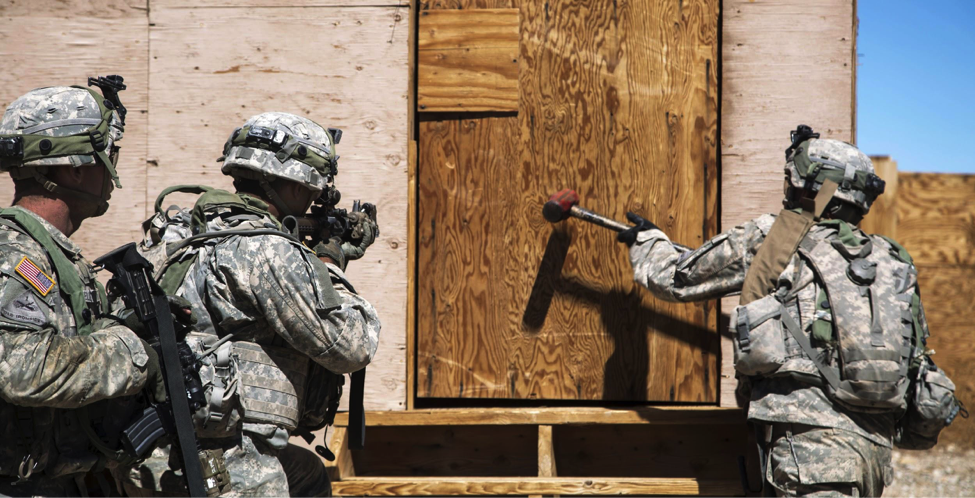
Tactical Fitness carries over to real-life situations.
Unlike other disciplines, the goal isn’t to become better at running, or lifting weights, or even to look good. Tactical athletes are working out to become better suited for the real-life challenges they face. The focus of their exercise is on maximizing practicality for their jobs. For tactical athletes, the ability to do their jobs well could be the difference between life and death.
Tactical athletes need to be proficient in a wide variety of tasks, including running, hiking, swimming, and moving in confined areas. You truly never know what the environment is going to throw at you. If you are in a tactical profession you could find yourself jumping, climbing, sprinting, or carrying a wounded comrade in a rugged and unpredictable environment.
For this reason, the workouts should be varied and focused on endurance, anaerobic fitness, and explosive power.
Evolving Needs
Workouts will be dependent on the athlete, but in general, they should combine some form of strength training, flexibility, agility, and anaerobic exercise. Some days will be focused solely on endurance, and others on strength and agility. Here is a sample workout for the beginner tactical athlete.
Run, Fight, Run
The goal of a run, fight, run is to improve anaerobic ability on top of mental acuity in a violent situation. The idea is to do a High-Stress cardio workout followed by some form of combat exercise or strength training, followed again by high-stress cardio. With a partner, you can spar with gloves, wrestle, or work a heavy bag if you’re alone. If you are stressed for equipment shadow boxing is an acceptable substitute.
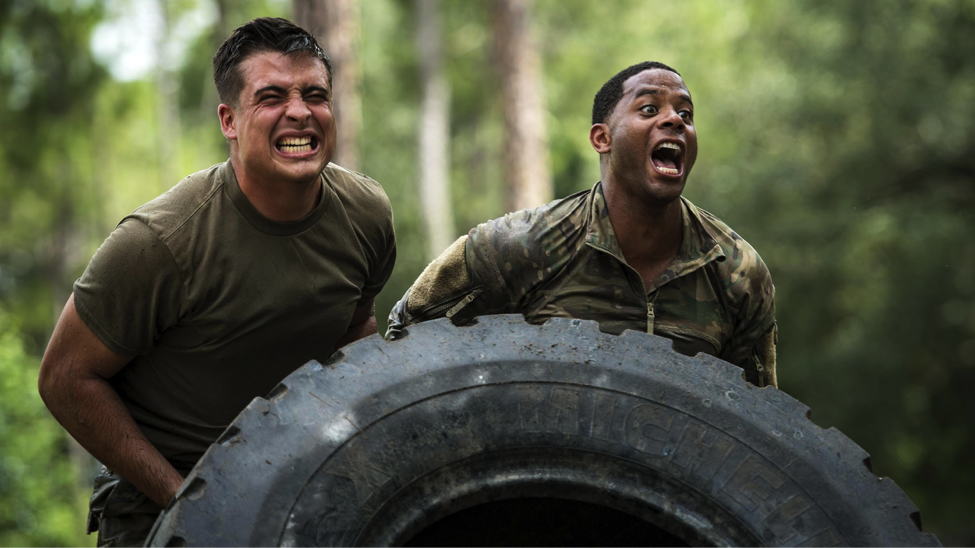
Working together to accomplish one goal.
Example of Run Fight Run Workout (3 Rounds)
20 Burpees
1 Minute Heavy Bag / Shadow Boxing
20 Burpees
1 Minute Rest
100 Yard Sprint
(Walk back)
100 Yard Sprint
1 Minute Rest
90 Seconds Jump Rope
1 min Kettlebell Swings
90 Seconds Jump Rope
1 Minute Rest.
10 Explosive Tire Flips
1 Min Sledge Hammer Slams on Tire
10 Explosive Tire Flips
1 Minute Rest
15 front lunges
15 backward lunges
1 Minute Heavy Bag / Shadow Boxing
These 5 Exercises Constitute 1 round, do 3 Rounds with up to 2 minutes rest between rounds. Finish everything with a 3-kilometer hike with a 25-pound pack or weight vest.
This is a simple, but dynamic workout that is aimed at beginners. If you feel you could do more, do more. It should give you a good idea of the needs of the tactical athlete and how the focus is on practical exercises. This is barely scratching the surface of the concept.
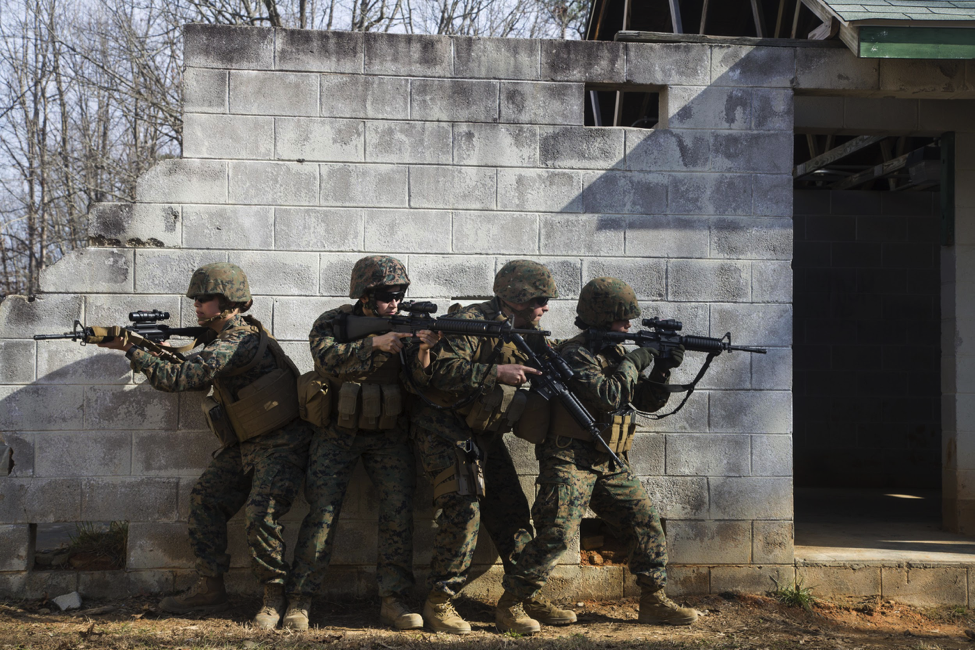
We got your six.
TSAC
It took some time for the strength and conditioning world to recognize the needs of the tactical athlete. The Global War and Terror paired with modern fitness innovation gave us a realistic look at the needs of the modern soldier, police officer, and firefighter. The tactical athlete concept was developing with progressive NCOs and Officers and eventually spread to the civilian world. The National Strength and Conditioning Association recognized the needs of the tactical world and developed the Tactical Strength and Conditioning Program. This was the first major fitness organization to recognize these needs and develop an instructor program.

Stay Fit and Always Stay Ready. “You never know when one must protect themselves or family” -Military Fit
If you need professional instruction look for an NSAC certified TSAC instructor, they can develop a plan to fit both your goals and needs.
Being a tactical athlete is unlike any other athlete. Your life, and possibly the lives of others, depends on your strength, coordination, agility, and skill.
Stay ready, Stay fit, and Stay Frosty.
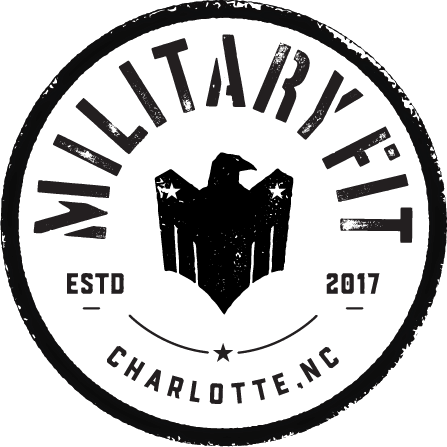
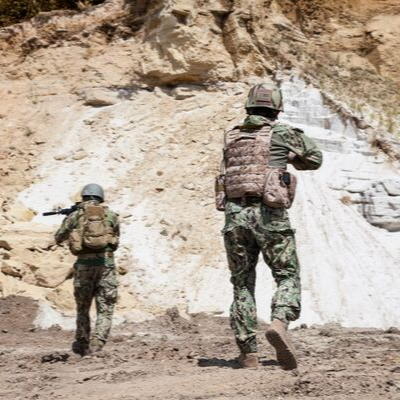


One Comment